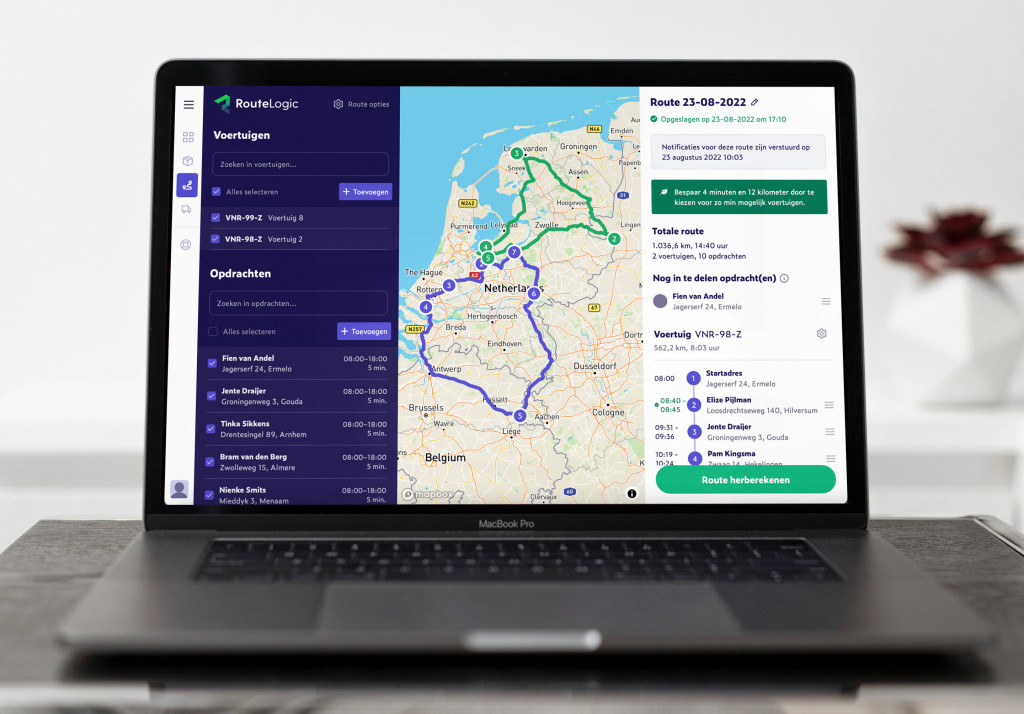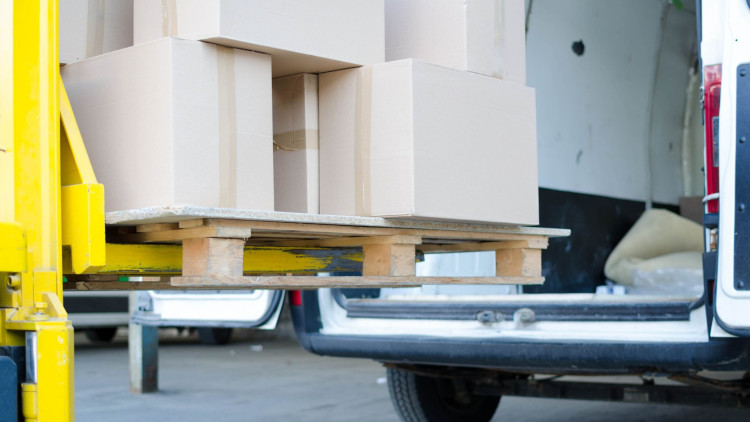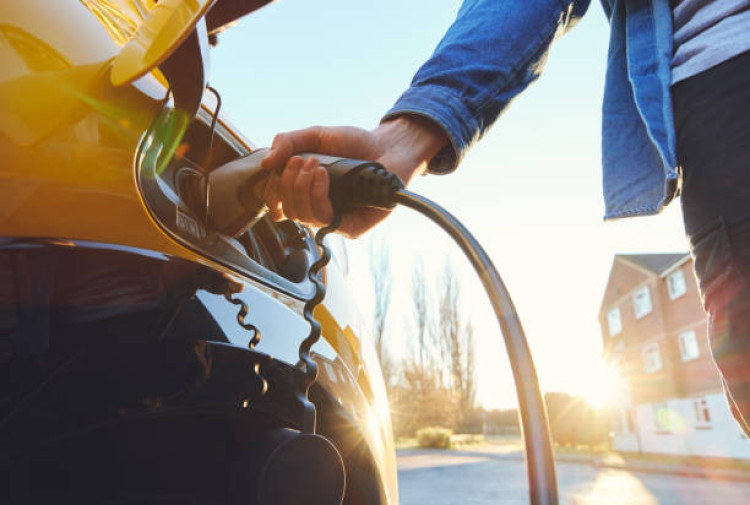Many companies are focusing on making the last mile, the delivery process of their product or service, more sustainable. Half of the Dutch are concerned about the environmental impact of their online purchases. But what can you do about this as an entrepreneur? Sustainable delivery! Two in five consumers are even willing to pay extra for sustainable delivery.
The most common ways to make this process sustainable are sustainable packaging solutions, efficient logistics or the use of zero emission delivery vehicles. A somewhat less obvious way is to offer sustainable delivery options.
An effective and simple way to make your last mile more sustainable
Giving consumers sustainability information in the shopping cart process is an effective and simple way to make your last mile more sustainable. This is according to a study by Thuiswinkel.org and the Ministry of Infrastructure and Public Works. The research shows that one or more simple adjustments in the shopping cart process, lead to more sustainable delivery choices by consumers. State Secretary Van Veldhoven says that it is nice to see that making things more sustainable can sometimes be very simple and that an entrepreneur experiences multiple benefits from this.
Survey results
By now you must be wondering, why is this so effective and simple? In the survey, respondents are shown different check-out pages to make a delivery choice. In the group with no additional information, 8.1% of respondents choose the most sustainable option. The group in which only information about the carbon impact was given, 16% choose the most sustainable option.
The option in which both information is given and the most sustainable option is ticked by default appears to have the most impact. This is called dual intervention. Almost 30% of consumers choose the most sustainable option in this case.
The benefits of offering sustainable delivery options
Offering sustainable delivery options has some very favourable benefits for entrepreneurs and the environment. Namely, it makes it feasible to achieve the highest possible delivery density. Delivery density indicates the number of addresses covered per kilometre driven. The higher the delivery density, i.e. the more addresses a delivery driver can visit per kilometre, the lower the CO2 emissions are per visited address.
The advantages of a high delivery density are as follows:
- Your driver can visit more addresses in a day than in the old situation due to an increased delivery density.
- Because of this delivery density, less fuel is needed in a day. This is due to the fact that addresses are less far apart and more addresses are visited in a day.
- Less fuel needed means less CO2 emissions.
- It is a very effective and simple way to become more sustainable.
Can this also be done in RouteLogic?
By offering consumers a wider delivery time on page your check-out. For example, not a period of time, but a whole day or not a specific day, but a whole week. By indicating that this is the most sustainable option, a consumer is more likely to choose it.
It is possible in Routelogic to then optimise routes based on delivery density. As a route planner, you select assignments that fall within a certain region. Because these are more assignments than if you have to be everywhere at specific times, this also makes the route more sustainable. We even have the ability to draw an area on the map and automatically calculate the most sustainable route for all assignments in this area.
In RouteLogic, it uses the feature to assign a date range to assignments. This allows you as a planner to choose when to schedule an order. It allows you to decide not to deliver a job on the very first day, but two days later. Since the planner then sees a higher density of nearby assignments. This saves considerably in CO2 emissions. Because closest addresses are bundled into one route and the delivery density increases.



